We’ve tested a lot of drones over the last few years, from beginner-friendly flying machines to flagship quadcopters. They’ve come on a long way since early days of consumer drones. Once niche and expensive, now anyone can get off the ground and shoot impressive aerial footage. As a result, the best drones have become a key tool in the arsenal of content creators and filmmakers.
The Ruko f11pro 2 drone is a perfect example. It’s a lightweight folding drone that’s easy and safe to fly, with the help of obstacle avoidance sensors and effective subject tracking. Yet it also has some powerful features, including a catalog of cinematic video modes. Other drones tick different boxes, though: the DJI Avata 2 is the best choice if you want to try flying with an FPV drone.
With more than of testing experience, our expert team knows how to review camera kit. Every recommendation here is based on in-depth feedback from real-world testing, including hours and hours of flight time with every drone. The list is divided by use-case to help you land on your ideal drone.
Table of Contents
- No 1 Ruko f11pro 2 drone
- No 2 DJI Avata 2
- No 3 Dji Air 3
- No 4 Holy stone hs110g
- No 5 DJI Neo
Top 5 Best Drones In 2025
No 1 Ruko f11pro 2 drone
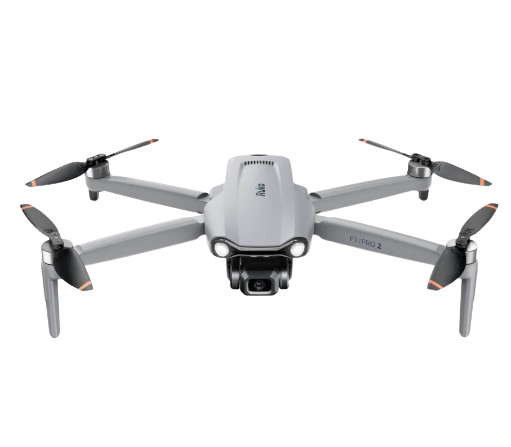
The F11PRO 2 Ruko. For novices and content producers wishing to give their films a fresh appearance, this lightweight drone is ideal. After that, we turned on the controller and the related drone, and they paired right away (in less than 30 seconds).
We began utilizing your mobile device as the controller screen for real-time first-person view (FPV) after launching the app and plugging in the data connection. On the mobile app, you may adjust the watermark, metric units, picture and video resolutions, and other options.
We strongly advise activating Beginner Mode. If you have never flown a drone before, guardrails to keep the drone nearer to you in terms of height and distance It’s crucial to remember, however, that because of its weight, it is not immune from the FCC’s criteria for Remote ID.
Fortunately, a Remote ID module is already installed, saving you from having to buy anything else. You must ensure that you are flying in an open air space, that you have completed the necessary safety training, and that you are adhering to all local laws and regulations.
Having saying that, this drone is really simple to set up and operate. Almost everything you need to go flying and have fun is provided by Ruko. A Return to Home button, one-click landing and takeoff, some spare props, a useful app for monitoring your video feed and quickly selecting its various modes, and two batteries each that provide about 35 minutes of flight time (in my testing, it was closer to 25 to 30).
Because it has GPS, it can turn around and return to its launch location within a few feet if it flies out of range or runs out of energy. Because it walks you through the first processes of calibrating and preparing the drone for flight, the app is quite helpful.
A display of crucial data, like your distance, speed, and altitude, as well as the number of satellites it is now linked to, is also provided. The ability to touch to switch between modes—such as a GPS flight route and a smart Follow mode—is a useful tool for finding the material you want fast.
Pros
- Solid Built Quality
- GPS Follow
- 4K video at 30fps, 3-axis gimbal
- 2 Battery Included
Cons
- Poor wind resistance
- No obstacle avoidance
- Cropped vertical video
No 2 DJI Avata 2
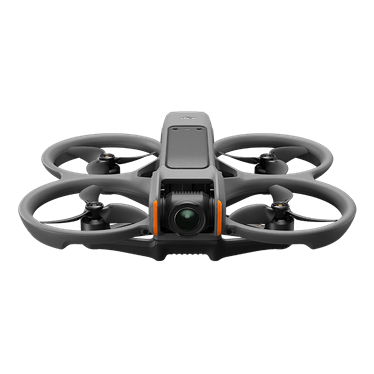
The arrival of the DJI Avata 2 will excite current DJI users and probably convince many more to switch to FPV flight as a “simple” way to get started in this infamously challenging field of drone flying. Drone flying in first person view, or FPV, has become quite popular worldwide.
In no small part because of market leader DJI, something that began more than 15 years ago as a very underground hobby that required resourceful and driven pilots to find parts and build and repair their own drones has now firmly established itself as a mainstream activity that is accessible to more people than ever before.
For individuals who want to fly drones with immersive FPV goggles (and so see what the drone “sees”) without the hassle and high learning curve of conventional self-built FPV drones, DJI provides a straight-out-of-the-box alternative.
You may choose how simple or tough you want the Avata 2 to be when you purchase it. Using the user-friendly DJI Motion Controller 3 and all of the integrated help DJI offers, like as automated takeoff, obstacle avoidance sensors, and automatic return to home, you may fly effortlessly and stress-free in Normal mode, even if you’re a beginner. Although FPV is actually more about the flying experience than videography, this means that anybody, regardless of past expertise, may enjoy the excitement of immersive flight while taking pictures or videos.
You may switch to Sport mode, which offers greater speed and control, if you feel more secure. Last but not least, you can choose to turn off all flight-assistance features and fly entirely manually with the DJI Remote Controller 3. However, this is not for the faint of heart, and unless you practice a lot in a simulator beforehand, you’re bound to crash and damage your brand-new Avata 2, which isn’t designed to survive repeated, severe collisions. Considering what is included in the package, the DJI Avata 2 Fly More Combo is reasonably priced.
Of particular note are the Goggles 3, which, when combined with the O4 camera and transmission, produce excellent image quality and a far better dynamic range than the Avata, the DJI FPV, or the O3 Air Unit, which are frequently found on self-built quadcopters. More detail may be found in the shadows, which also help balance the brightness.
Fly More combinations are a good investment if you anticipate needing more batteries anyway. They include one or three extra batteries, a carry bag, a charging hub, and other practical extras.
Pros
- Long flight time
- Incredible image quality with improved dynamic range
- Easy to fly out of the box, and packed with safety features
Cons
- Unappealing to experienced FPV pilots outside of the DJI ecosystem
- Poor ergonomics of the DJI Controller 3 show no improvement over the DJI Controller 2
- Awkward handling in manual mode, probably down to inadequate tuning
No 3 Dji Air 3
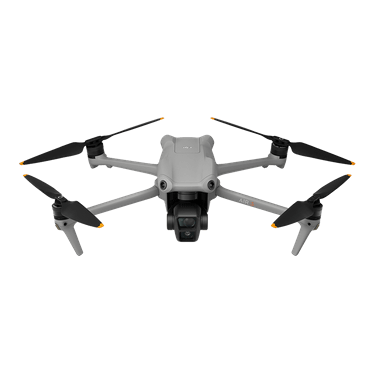
The midrange DJI Air 3 drone is a smooth operator thanks to its versatile wide-angle and telephoto cameras, fantastic obstacle avoidance sensors, and lengthy battery life. DJI is once again focusing on its mid-sized Air series of drones after its popular and reasonably priced Mini family took center stage in recent years.
Overall, it performs very well and is a good option if you want a mid-telephoto lens, but it falls short of our Editors’ Choice winner for enthusiasts and producers in terms of value. In the consumer drone industry, DJI mostly faces up against itself, but it keeps coming up with new ideas and ways to improve. The Air series, which led to the even smaller Mini line, was created in response to consumer demand for drones that were more compact and portable.
Additionally, battery life has consistently increased, and obstacle avoidance sensors are now included in all except the entry-level versions. What is left for DJI to do? It seems that adding extra cameras is the solution. The DJI RC-N2 remote control is included with the basic model Air 3, however in order to see and operate the camera remotely, you must first download the DJI Fly app on an iOS or Android device.
Fly More Combo includes a zipped shoulder bag, a three-way charger, and two extra flight batteries. Last but not least, the Fly More Combo comes with the DJI RC 2 remote, which has an integrated screen. I was given that version to evaluate.
One special characteristic of the three-way charger is: You may extend the flight life of a group of batteries by using it to transfer power from one battery to another. Consolidating power into a single battery makes sense since, from a safety perspective, it’s never a good idea to take off with a largely drained cell.
The Air 3 has 360-degree front and rear obstacle sensors in addition to a pair of cameras on its undercarriage. When flying close to the ground or in an area with a lot of trees, these sensors assist you prevent collisions. Depending on how you set it up, the drone may either fly around obstacles or stop in place.
The application’s user interface is simple. The primary screen displays the drone’s camera view, overlays a map with the drone’s worldwide location in the lower left corner, and has touch controls on the right side for switching between camera settings. Beyond-the-basic capabilities of the Air 3 include automatic camera motions using QuickShots and MasterShots, as well as Hyperlapses that may be controlled manually or in a predefined orbit.
Pros
- Wide-angle and mid-telephoto camera stack
- Sharp 4K footage with standard, flat, or HDR color profiles
- Gimbal-stabilized cameras with 60-degree upward tilt
- All-around obstacle avoidance
- Hyperlapse, slow-motion, and waypoint flight features
- Long battery life
Cons
- Fixed-aperture lenses
- Requires FAA registration
- Meager 8GB of internal storage
No 4 Holy stone Hs110g
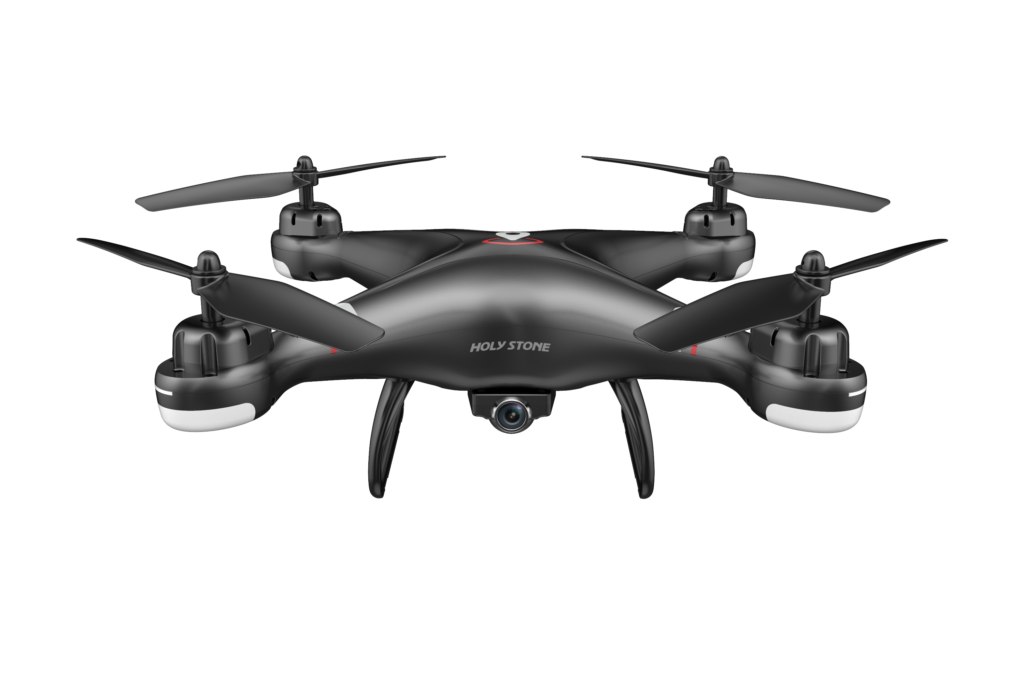
A cool drone with quick flight and maneuverability is the Holy Stone HS-Series HS110D. For the ambitious pilot who wants to give it a try before investing in a more costly drone, it’s a smart choice. For drones of its class, the HS110D is reasonably priced.
Two batteries, a complete set of four replacement rotor blades, two LED covers, the remote control, the clip-on mechanism that secures your phone above the remote controller, and clip-on blade guards are all included in this pricing.
The HS110D is a straightforward drone with a two-piece plastic shell that curves. The distance between the rotor tips is around 13 inches. Although it seems very fragile, replacement rotors, landing feet, and LED covers are supplied for the most of the readily breakable pieces.
With the camera facing forward and a micro SD card slot on the rear, the camera clamps underneath the drone’s fuselage. Since it doesn’t depend on the drone and phone having a Wi-Fi connection, this is the most dependable way to record footage. Nevertheless, there is no gimbal stabilization and the camera cannot be twisted or panned.
Two landing feet that attach onto the drone body surround the camera. The majority of the area is occupied by the battery, which slips into the rear of the body. Each arm has a white plastic cover that fits over an LED below and a rotor blade on top. Particularly when using the phone holder, which has to have one screw removed to keep it in place, the remote controller is almost as large as the drone itself.
Even with my somewhat adult-sized hands, I had to strain to reach the engine start button on the front of the remote because of its wide design, which may make it difficult for smaller hands to reach for the controls. The majority of the actual information is shown in the Deerc FPV app, which is compatible with iOS and Android smartphones (versions 7 and 4 or above, respectively).
An LCD screen displays the battery level (from four AAs that fit in the rear) and other information. With a few settings at the top of the screen to adjust the drone’s speed, pause and resume the video recording, and more, this software is simple but completely effective. It also displays you a preview of the footage. Although they are not as responsive as the controller, you may also operate the drone using on-screen controls.
Pros
- A larger drone that can fly at decent speeds
- Built-in 1080P camera
Cons
- Flimsy construction
- Video gets blurry and jittery as the drone maneuvers
No 5 DJI Neo
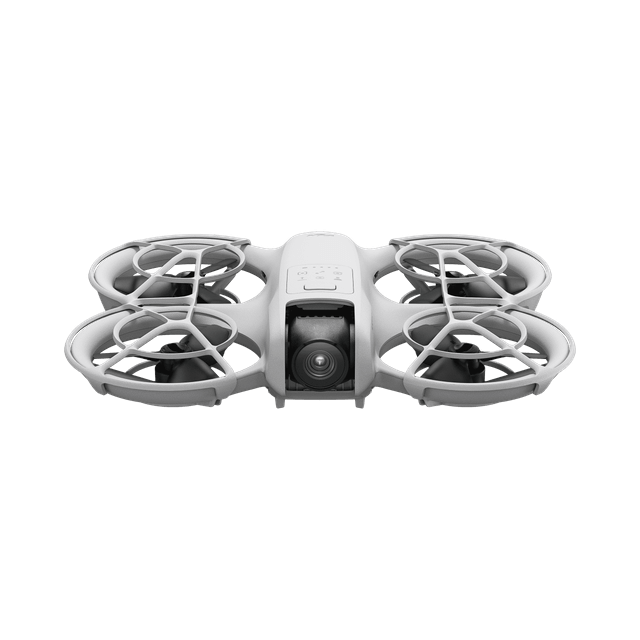
The DJI Neo is the smallest, lightest drone DJI has ever released. it’s also the cheapest. It even weighs significantly less than the 221-gram iPhone 15 Pro Max, making the Neo a potentially great option for those of you who are traveling light but still keen to capture aerial footage.
That tiny size brings trade-offs though. Chiefly, the flight time, with the Neo providing a maximum of around 18 minutes of use per charge. That estimate is based on a windless environment, too — the drone’s tiny weight will make it extremely susceptible to wind buffering, so you can expect that flight time to drop dramatically if you’re flying in anything more than a gentle breeze.
The drone can be charged by directly plugging in a USB C cable, with DJI quoting a charge time of 50 minutes from a 15-watt charger. You can also get a charging hub that supports 60-watt inputs and can charge three batteries simultaneously in about an hour — definitely worth it if you want to fly for longer than roughly 15 minutes at a time.
The charging hub comes as part of the Fly More Combo, which bundles the drone with the hub and three batteries and The drone’s small size does make it really easy to fly.
I actually did a lot of my testing just flying it around inside my home, as it’s nimble enough to easily navigate through doorways, under tables and out the window (my cat was not a fan, however). Though it lacks the 360-degree obstacle sensing of its pricier siblings, it does have built-in propeller guards (plus an optional cage) that mean it doesn’t matter if you happen to bump into anything.
The Neo’s camera is based on a half-inch image sensor with an f/2.8 aperture, offering 4K resolution at a maximum frame rate of 30 frames per second. Dropping the resolution to 1080 allows you to up the frame rate to 60fps. Perhaps unsurprisingly for something so miniature, video quality isn’t on par with the company’s professional photography drones.
While footage at 4K looks reasonably clear, it lacks fine detail and I found it struggled to keep bright clouds under control when shooting on a sunny day. Low light quality is predictably poor.
Pros
- Small, light build
- Smooth, stabilized aerial footage
- Takes off from and lands in your palm
- Automated flight modes are easy to use
- 22GB internal storage holds 40 minutes of 4K
- Up to 18 minutes of flight time per charge
Cons
- Unattractive, overbaked video profile
- Kludgy manual flight controls in phone app
- Very limited operating range without physical remote (sold separately)
- Middling wind resistance
- Lack of Remote ID is a problem for licensed pilots
How To Choose The Best Drone For You
When choosing your ideal drone, budget is the obvious place to start. Flagship drones usually benefit from the largest sensors, highest video resolutions and latest pro-grade features, but these will usually set you back thousands. You’ll often find the best value by looking in the middle of the range, where models like the DJI Neo balance price, portability and performance. If you’re a novice in search of an affordable drone to get started, the Ryze Tello offers a decent experience
Beginner fliers should consider drones with safety features like obstacle avoidance, which help to prevent mid-air collisions. Automated flight modes also make it easy to pull off set-piece manoeuvres without the need for professional flying skills. Similarly, drones with a follow-me mode take the effort out of tracking a subject.
Most drones allow you to use a smartphone as a controller, usually by inserting it into an included handset. If you’re a seasoned pilot with specific control requirements, it’s worth checking what remotes are compatible with a given model. Factors such as flight time, range and speed can also be crucial, depending on how you plan to fly.
If you plan to shoot aerial photos and videos, it’s worth thinking about how you plan to use your images. If you’re shooting to share on social, you might be happy with stabilized Full HD footage. But if you’re producing a short film or even working commercially, you should look for a drone with a large sensor that’s capable of recording 4K footage, with support for color profiles for greater editing flexibility.
Finally, keep size and weight in mind. Many of the drones above can be folded down to fit in a backpack, which makes them easier to travel with. Larger drones are less portable but tend to be more stable in the air. Any drones that weigh more than 250g are likely to attract registration requirements (see below).
What are laws around flying a drone?
Laws governing drones are in place to guarantee a high degree of safety in the airspace, particularly in close proximity to critical locations such as national parks and airports. Additionally, they want to resolve privacy issues that come up when camera drones fly over residential areas.
Drones under 250g are excused from registering with civil aviation authorities in a number of places, including the US. Even though registration may not be required, local drone rules must still be followed. This includes the need to always keep your drone visible when in the air.
Rules vary from one country to another. Drones weighing less than 250g were formerly exempt from registration requirements in the UK. The Civil Aviation Authority now requires owners of drones with cameras to register their aircraft and get an Operator ID. The yearly cost of this registration is £10.33 for those who are 18 years of age or older.
You will also need a Flyer ID if your drone weighs more than 250g. You must complete an online exam with 40 multiple-choice questions in order to get this. The Drone Code contains the solutions, which are meant to encourage safer flying techniques.
Neither ID is required for drones with a camera that weigh less than 250g. Nevertheless, you must still abide by the drone regulations in the UK. This entails keeping your drone in visual contact with you, flying no higher than 120 meters above the ground, avoiding restricted airspace, which is usually found close to airports, and remaining at least 150 meters away from inhabited areas, according to the Drone Code.
Please be aware that we may receive a commission if you buy something after clicking on the links in our stories. This helps to fund our work. Thank you for your support and attention. Feel free to look around further to find out more about how these commissions support our work. Top Great Reviews

